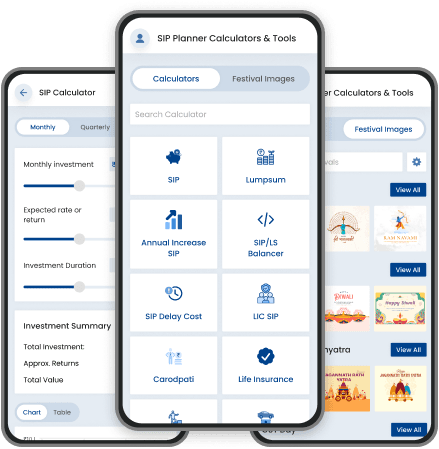What is Capital Gains Tax Calculation?
Capital Gains Tax is a tax on the profit from selling an asset such as real estate, stocks, or other investments. It is calculated correctly so that investors know the money issues caused by financial selling they may face. Capital gains are usually classified into short-term and long-term, depending on the period the asset was held before being sold. The corresponding tax rates and calculation methods are different for each type.
| Capital Asset | Short-Term Holding Period | Long-Term Holding Period |
|---|---|---|
| Immovable Property (e.g., House) | Less than two years | Two years or more |
| Movable Property (e.g., Gold Jewelry) | Less than three years | Three years or more |
Key Elements of Capital Gains Tax Calculation
Revised Tax Structure Under the New Regime
In the new tax regime, income tax rates have been adjusted across various income brackets, as outlined below:
| Income Range | Applicable Tax Rate |
|---|---|
| Up to ₹3 lakh | No tax |
| ₹3 lakh - ₹7 lakh | 5% |
| ₹7 lakh - ₹10 lakh | 10% |
| ₹10 lakh - ₹12 lakh | 15% |
| ₹12 lakh - ₹15 lakh | 20% |
| Above ₹15 lakh | 30% |
Steps for Capital Gains Tax Calculation
- Short-Term Capital Gains:Tax=Capital Gains×Income Tax Slab Rate of the Assessee
- Long-Term Capital Gains:Tax=Capital Gains × Long-Term Capital Gains Tax Rate (typically lower than slab rates)
Capital Gain Tax Formula
Tax=[(Sales Price−Sales Expenses)−Purchase Price]×Income Tax Slab Rate
Tax=[(Sales Price−Sales Expenses)−(Purchase Price × CII in Year of Purchase / CII in Year of Sale)] × Long-Term Capital Gains Tax Rate
- Sales Price: Price at which the asset is sold.
- Sales Expenses: Costs incurred during the sale (brokerage, legal fees, etc.).
- Purchase Price: The original cost of acquiring the asset or Fair Market Value as of April 1, 2001, for assets purchased before FY 2001-02.
- CII (Cost Inflation Index): A factor published annually by tax authorities to adjust purchase price for inflation.
- Income Tax Slab RateTax rate applicable to the assessee's income bracket (used for short-term capital gains).
- Long-Term Capital Gains Tax Rate: Preferential tax rate for long-term capital gains, typically lower than slab rates.
Benefits of Using a Capital Gains Tax Calculator
- Accurately estimate tax liabilities for various holding periods.
- Evaluate the impact of selling assets now versus holding for favorable tax rates.
- Incorporate exemptions or indexation automatically, giving a more precise result.
Top Performing Mutual Fund

1Y
3Y
5Y
SI
Nav
Risk

1Y
3Y
5Y
SI
Nav
Risk

1Y
3Y
5Y
SI
Nav
Risk

1Y
3Y
5Y
SI
Nav
Risk

1Y
3Y
5Y
SI
Nav
Risk

1Y
3Y
5Y
SI
Nav
Risk

1Y
3Y
5Y
SI
Nav
Risk

1Y
3Y
5Y
SI
Nav
Risk

1Y
3Y
5Y
SI
Nav
Risk

1Y
3Y
5Y
SI
Nav
Risk
The data and information provided in this calculator are from reliable sources, but we make no guarantees about its accuracy or completeness. We are not responsible for any loss or actions based on this information. Users should verify the contents independently.
Investments in mutual funds are sensitive to market risks. Always consult with your mutual fund advisor before investing.
FAQs
Get In Touch
Interested in exploring more about JezzMoney Mutual Fund Distributors Software? Submit the form, and we will respond quickly.
Get Expert Advice on Investment in Mutual Funds!
- Certified mutual fund distributors around India will reach out to help you build your future.
- Connect with trusted mutual fund distributors and find them from your city and pincode area.
- JezzMoney is only the mediator to help you connect with these certified professionals.
- It is your obligation to gather accurate information when you receive contact from our platform.
